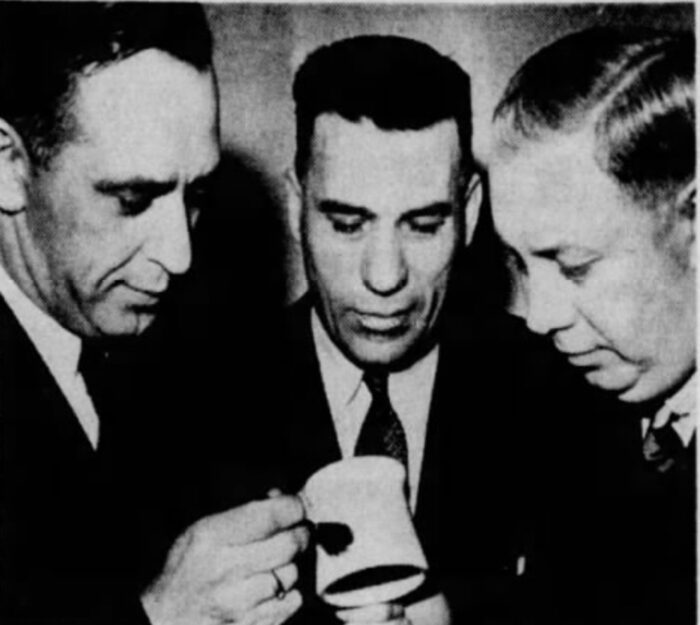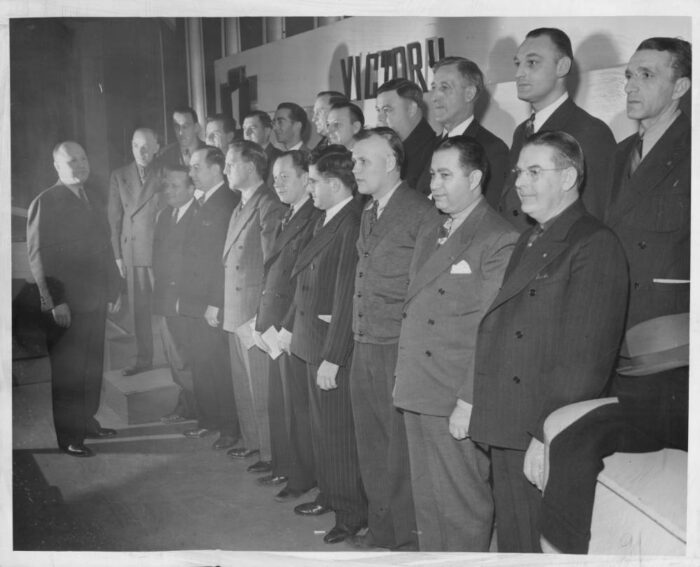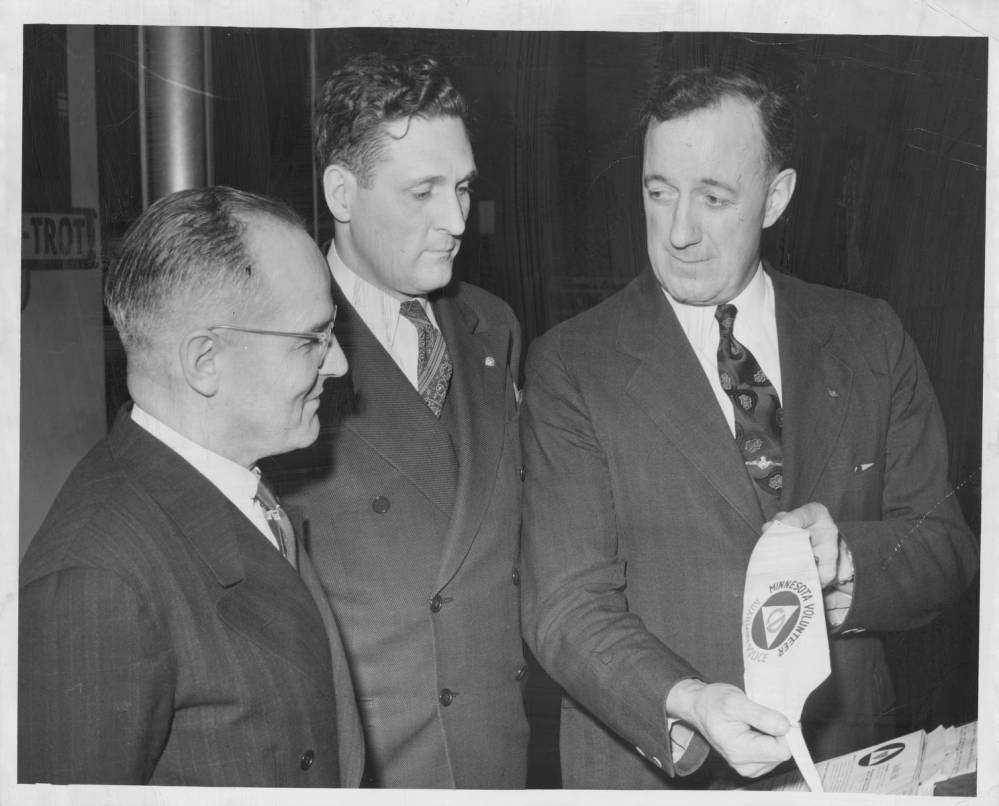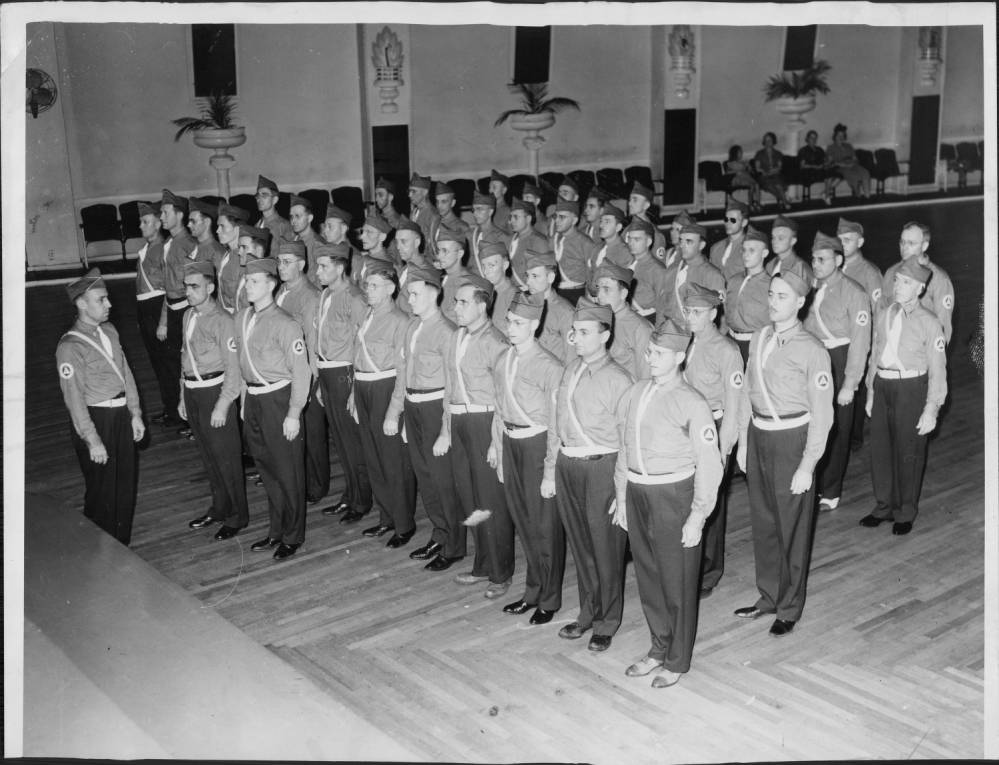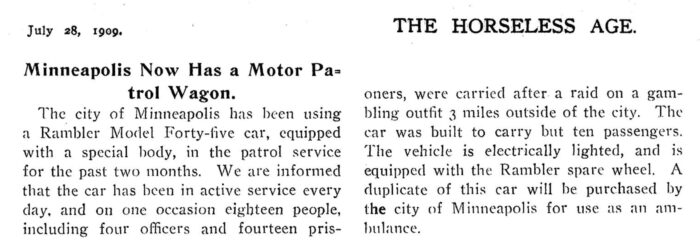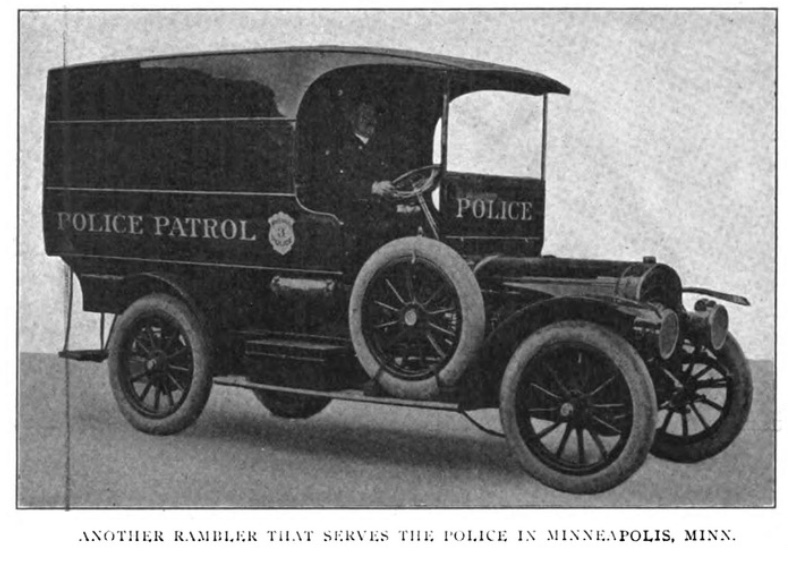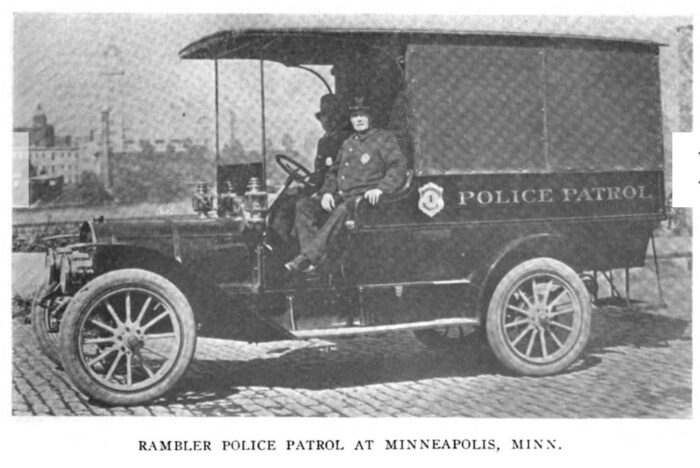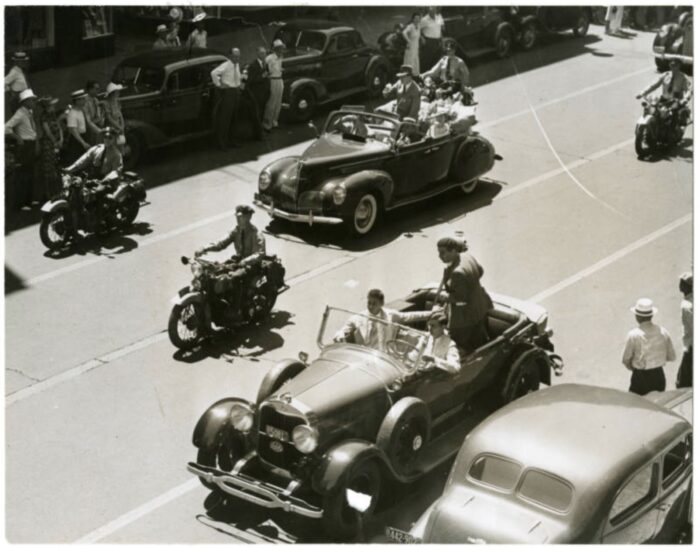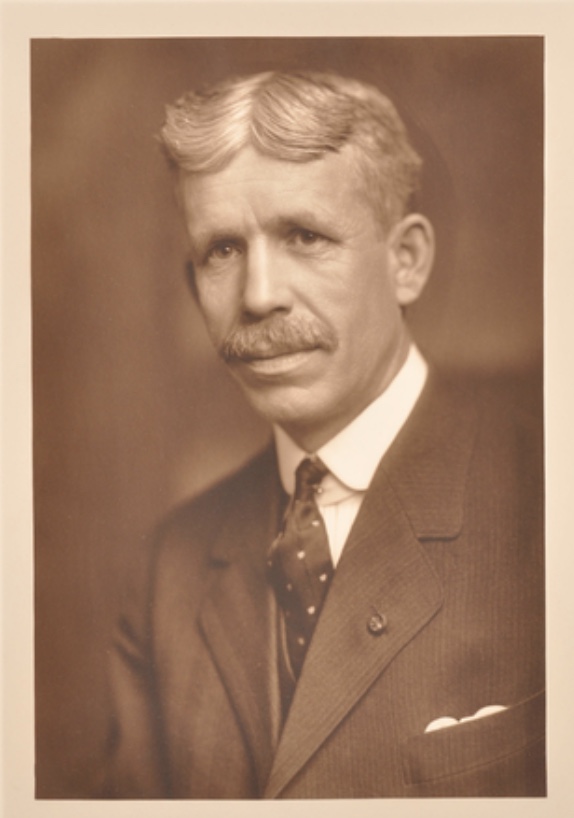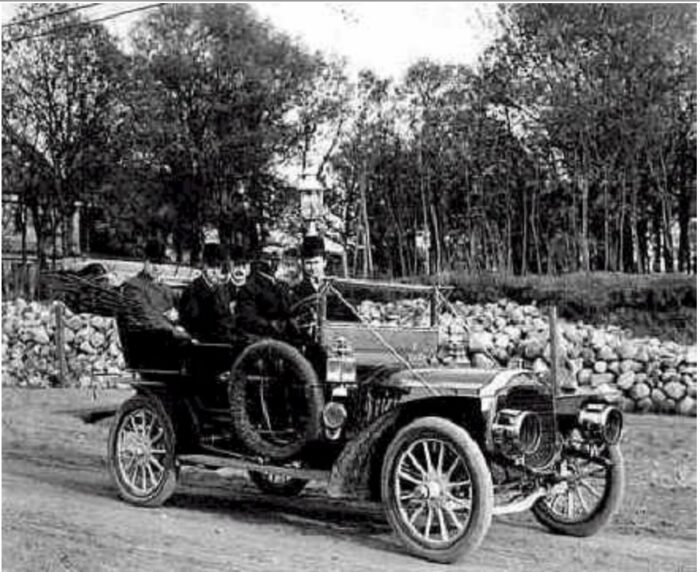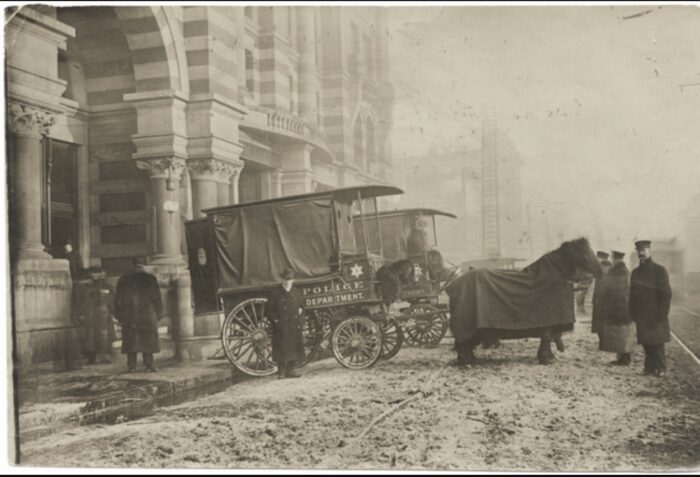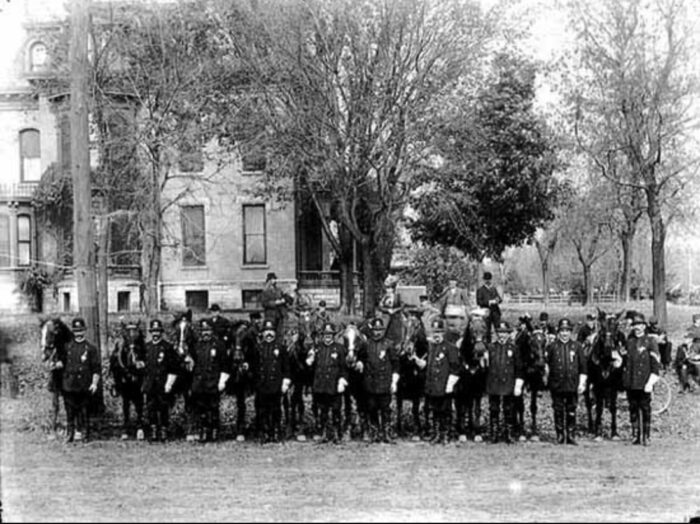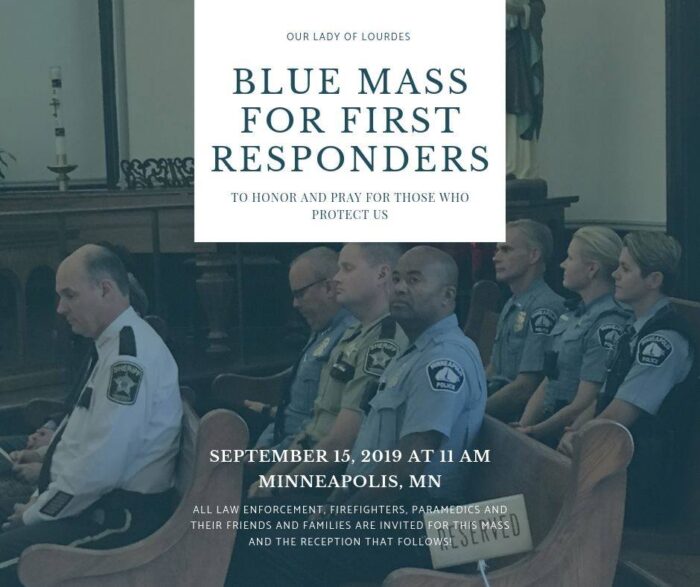On October 13, 1906, Joseph Gardot, the Chef of the Minikahda Club, was robbed and shot while waiting at 29th Street and Excelsior for the St. Louis Park Streetcar. Tragically, Mr. Gardot died of his wounds on October 23.
Directly after the robbery, a city-wide “manhunt” ensued to find the suspect who was later apprehended.
During the pursuit, concerned citizens offered the Minneapolis Police Department the use of their private automobiles to aid in the search.
In the words of the Minneapolis Journal:
***
Autos Prove Their Worth
After the first detail of police had been taken in an auto to the scene of the crime Saturday evening, other machines were engaged. Citizens desiring to aid the police offered their machines for the work, and the best system ever adopted here for forming a cordon and police dragnet was worked out in a few minutes.
Police Superintendent Doyle called the day men to headquarters for extra duty. Some of them went out to search for the bandit, while others remained to be rushed to any place they might be summoned. When a report came in that a suspect was lurking in any neighborhood, no matter how far from the center of the city, the police were on the ground in less than eight minutes and were almost always there in time to get the suspect. With the detective force engaged in the active search and extra patrolmen on duty for emergency work, the police were in a position to take advantage of every opportunity.“
“We are going to continue to hunt bandits with automobiles,” said Police Superintendent Doyle yesterday, and anyone with ordinary intelligence will not attack the police for desiring to get to a scene of crime in five minutes when it would take three times as long to go by any other method.”
The automobile has demonstrated its efficiency for police work during the last week and arrangements are to be made with a nearby garage to take officers to the scene of trouble hereafter.
***
Although the Minneapolis Police Department did not yet have its own automobiles, bit by bit they were building the case for them.
Source: The Minneapolis Journal of October 19, 1906
Photograph of the 1906 Aero Touring Car Manufactured by the Aerocar Company of Detroit, Michigan, from Unknown Source, Public Domain
